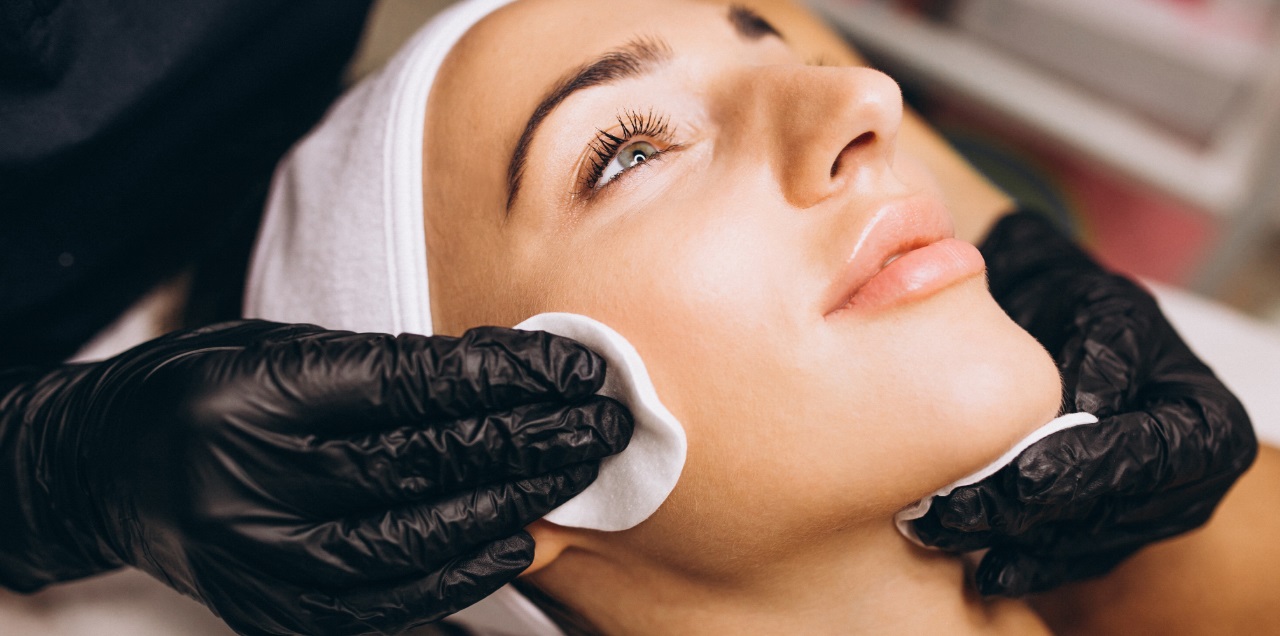On January 18, the Beautician’s Day is celebrated in Brazil, a professional who takes care of appearance and aesthetic health. This professional is responsible for the facial, body and capillary aesthetics of men and women.
It is more than a matter of beauty, and has much to do with health, well-being and self-esteem, since the beautician still works with patients in post-surgical treatments and burn victims, together with professionals from various areas of physical and mental health.
The category itself comprises professionals such as manicures, podiatrists, masseuses, hairdressers, epilators, dermatologists, eyebrow designers, and many others.
Health risks:
The profession was regulated only in 2018, and with it, the law began to require certification at a higher level or technical in aesthetics and cosmetics for all professionals working in the area.
This regulation aims to prevent people without adequate training from providing services in the area, or even opening aesthetic clinics, causing various problems to public health.
This is because improper use of equipment, or incorrect application of cosmetic products, can cause numerous problems to the health of the patient and professional, such as burns, allergies and infections. Problems can occur from the simple application of creams or depilatory waxes and tinctures.
even in more complete procedures, such as the application of substances such as Botox and the use of laser hair removal equipment for example.
In some procedures there may also be contact with biological agents (body fluids), such as saliva, blood and secretions. These fluids can be potential transmitters of diseases such as hepatitis, HIV and other STDs, mycoses and other skin diseases.
In addition to having the certifications and qualifications required by law, the professional must be attentive to the rules and care regarding the safety and use of PPE, such as procedure gloves, in order to preserve the safety of the professional and client preventing contact with microorganisms and infectious agents.
Gloves function as a barrier that protects both the professional and the patient from various forms of contamination with viruses and bacteria that cause diseases, as well as other problems related to direct contact with products used in aesthetic procedures.
Each glove has its specifications and indications, and it is important that the professional knows the best type of glove for each procedure. Among the most used are latex gloves and nihilic gloves. Click here to find out the right glove type for each aesthetic procedure.
Remember that the use of gloves and safety equipment add much more credibility and professionalism to salons, clinics, or even to the self-employed. Click for Kevenoll products.





